During the Swing era, bandleaders had a variety of different opinions about the importance of employing a female singer. Some, such as Artie Shaw, considered most of his vocalists to be a necessary evil, a bit of window dressing that was needed to help make his band more accessible to the masses. Some others, such as Tommy Dorsey and Chick Webb (with Ella Fitzgerald), thought that they were the key to commercial success. Some became romantically involved with their vocalist while others barely tolerated their existence.
In the case of Benny Goodman, the King of Swing, all of those instances applied at various times. He had been involved briefly with Helen Ward, thought of Martha Tilton as a friendly presence that helped his band’s fortunes and, after Tilton’s departure, rarely took the needs of his singers very seriously. He went through a lot of female vocalists during the 1939-48 period and most of his future relationships with these singers ranged from barely cordial to hostile.
Martha Tilton had given Goodman stability in the vocal department from Aug. 1937 until she left to pursue a solo career in Feb. 1939 shortly after she had recorded her biggest hit, “And The Angels Sing.” In April, after a few other replacements had not worked out, Louise Tobin (1918-2022) was hired by Goodman. A professional singer by the age of 14 in Texas, she was married to 19-year old trumpeter Harry James when she was 16, a union that lasted for a decade and produced two sons. A very good swing singer, Tobin was discovered by John Hammond who heard her singing with Bobby Hackett in 1939 and recommended her to Goodman.
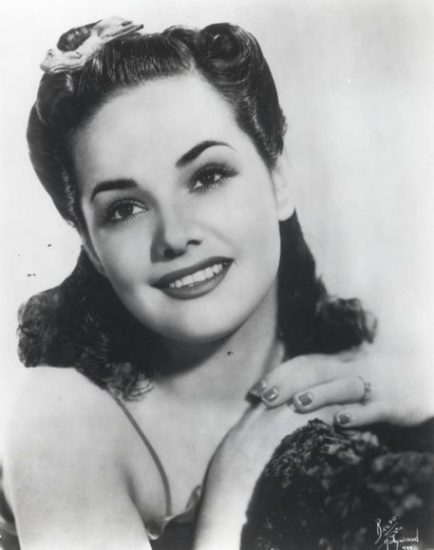
Ironically, James had recently left the clarinetist to lead his own band. Tobin started being heard on the radio with Goodman in May. She made her first recordings with Goodman on Aug. 10 including “Comes Love” and her most popular number from this period, “There’ll Be Some Changes Made.” On Sept. 13, she became the first singer to record “I Didn’t Know What Time It Was” but her association with Goodman soon came to an end when she became ill. While she recorded the following year with Will Bradley, Tobin was mostly musically inactive for a long period as she raised her two sons. In 1962 she sang at the Newport Jazz Festival and met clarinetist Peanuts Hucko. They were married for 36 years (1967-2003) until Hucko’s death. Louise Tobin lived to be 104 and was the very last survivor of those who recorded before 1940.
Near the end of 1939, Helen Forrest (1917-99) became Benny Goodman’s female singer. Unlike Helen Ward, Martha Tilton, Louise Tobin and those who followed in the 1940s, Forrest was not an unknown or a beginner when she joined Goodman. She had already gained some fame for her many recordings (38 numbers including a hit with “They Say”) and performances with Artie Shaw during 1938-39 before he surprised the music world by spontaneously (and temporarily) retiring in November.
Forrest had a warm and inviting voice and, although not an improviser and not considered a jazz singer, she nevertheless uplifted the songs that she was given and was always a pleasing presence. Forrest was with Goodman until the summer of 1941 but generally did not enjoy the experience. While she thought highly of the musicians, she found Goodman to be very demanding, difficult to communicate with, and at times somewhat thoughtless. Also she found Eddie Sauter’s adventurous arrangements on some of her recordings to be distracting.
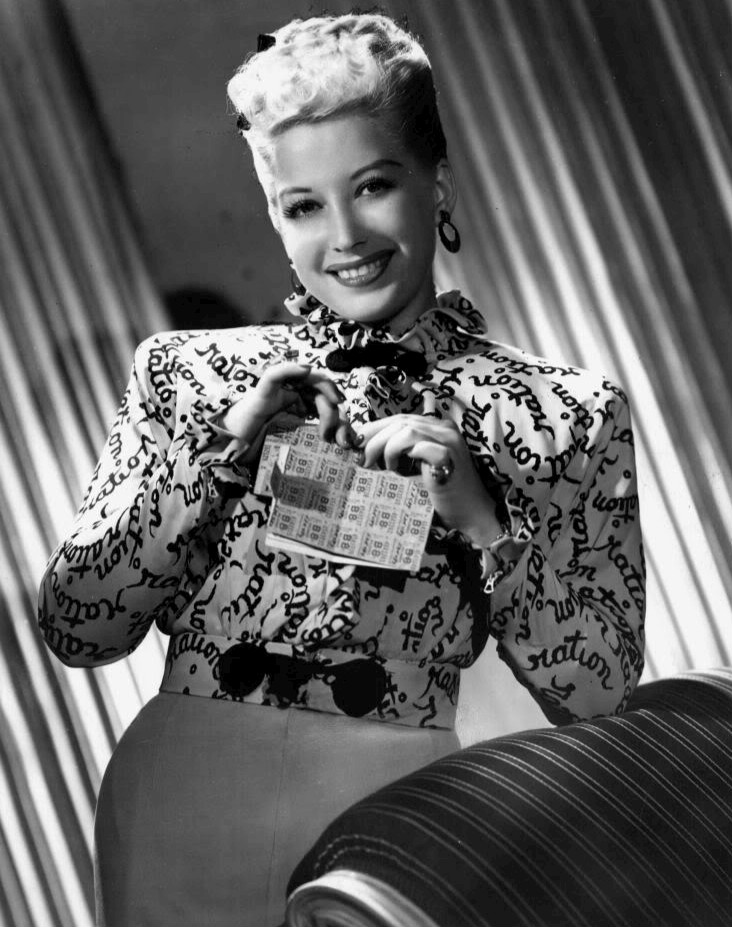
Forrest recorded 55 selections with the band, starting with “Busy As A Bee (I’m buzz, buzz, buzzin’)” and including such numbers as “Shake Down The Stars,” “I’m Nobody’s Baby,” “The Man I Love,” “More Than You Know,” “The Mem’ry Of A Rose,” “Amapola,” and “When The Sun Comes Out.” None were hits but working with Goodman kept her name before the public.
When Helen Forrest left Goodman, she joined the up-and-coming Harry James Orchestra under the condition that, rather than just singing one chorus in the middle of a song, she would be much more featured by singing the first and last choruses of a piece. The strategy worked and she had major hits with “I Had The Craziest Dream,” “I Don’t Want To Walk Without You,” and “I’ve Heard That Song Before.” While she only recorded 19 songs with James due to the musicians’ recording strike that began in mid-1942, she was a big star when she went on her own in mid-1943. But strangely enough, her solo career was not the success one might have predicted. At first she sang a series of popular duets with Dick Haymes (who had also been with James) but by 1946 when she was still just 29, she was already being thought of as a nostalgia act. While Helen Forrest would record as late as 1983 and she could always sing well, she performed infrequently and never came close to equaling the success of her Harry James period.
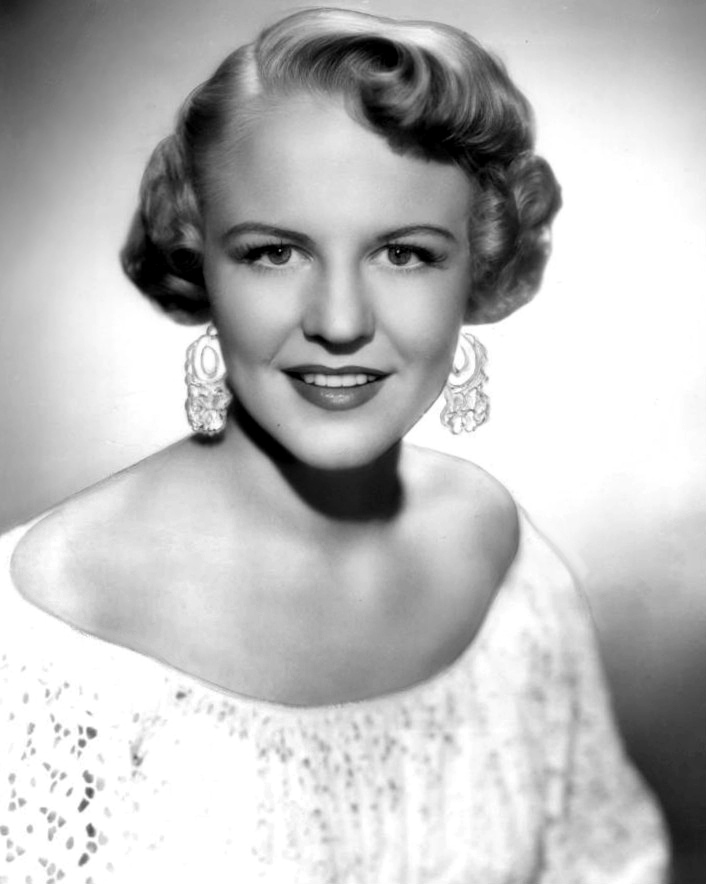
The next Benny Goodman singer did have a rather major solo career although at first she did not seem to have that much potential. Peggy Lee (1920-2002) had been struggling for five years when Goodman heard her in 1941. Lee had developed her own quiet sound and a style that was full of inner heat, influenced early on by Billie Holiday. Goodman liked what he heard and stuck with her even though she sounded scared to death on her first recording date which resulted in “Elmer’s Tune.” During her year and a half with Goodman, Lee gained confidence and grew as a jazz singer. Among her best recordings with the clarinetist are “Somebody Else Is Taking My Place,” “How Long Has This Been Going On,” “Where Or When,” “On The Sunny Side Of The Street” (the latter two recorded with the Goodman Sextet) and, during what would be her last record date (July 27, 1942) with the orchestra, her big hit “Why Don’t You Do Right.” She also performed the latter with the clarinetist in the film Stage Door Canteen.
Lee would have been with Goodman longer but he had a rule against his musicians fraternizing with his female singers. Despite that, Lee fell in love with Goodman’s guitarist Dave Barbour, they got married and, when Barbour was fired, Lee quit. Of all of Goodman’s vocalists, Peggy Lee had the biggest solo career and she certainly deserves her own article in this series.
Benny Goodman employed quite a few different female vocalists during the next five years, with none of them lasting for long even though they were all excellent singers. Carol Kay, who was with BG from Aug. 1943 until Jan. 1944, had sung with Woody Herman (1939-40) and had stints with Russ Morgan and Sonny Dunham. Unfortunately the recording strike kept her off records with Goodman and, other than two versions of “I’ll Be Around” from a pair of radio broadcasts, her period with the clarinetist is undocumented.
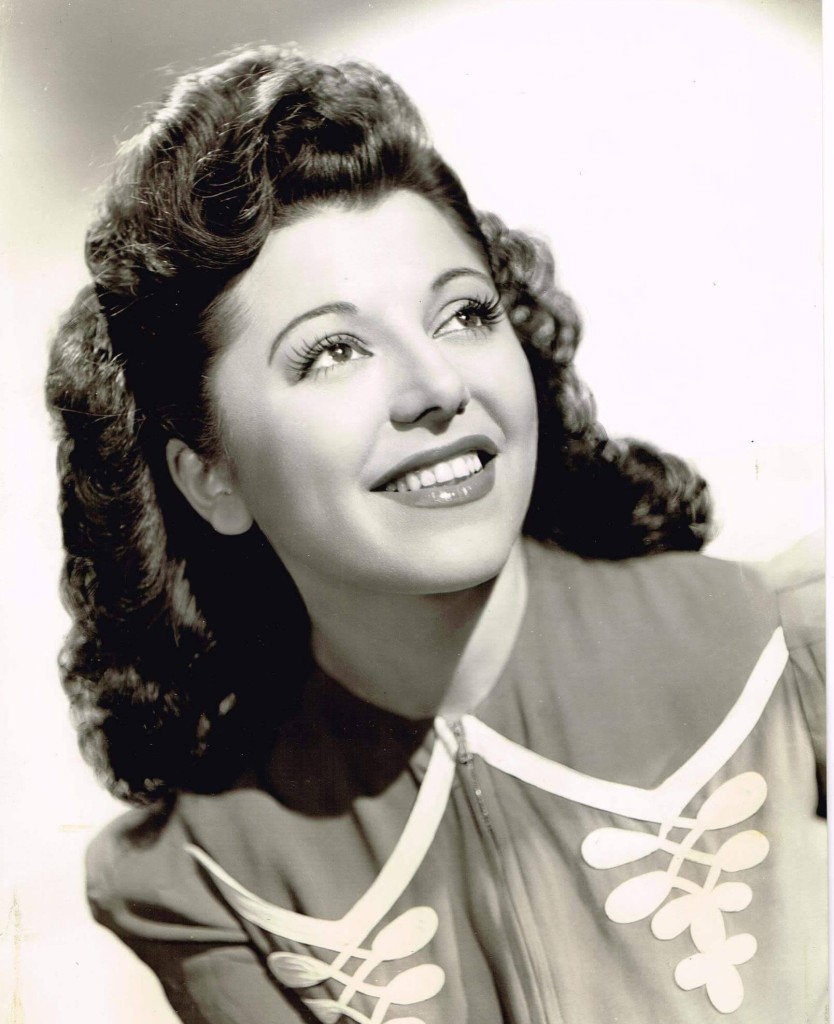
Peggy Mann (1918-88) had slightly better luck. She had worked with Ben Pollack, Larry Clinton, Teddy Powell, and Gene Krupa, and later in the 1940s she would perform with Tommy Dorsey and Tex Beneke although her career did not last much past 1950. Mann recorded fine versions of “Every Time We Say Goodbye” and “Only Another Boy And Girl” on Nov. 16, 1944 with Goodman’s quintet.
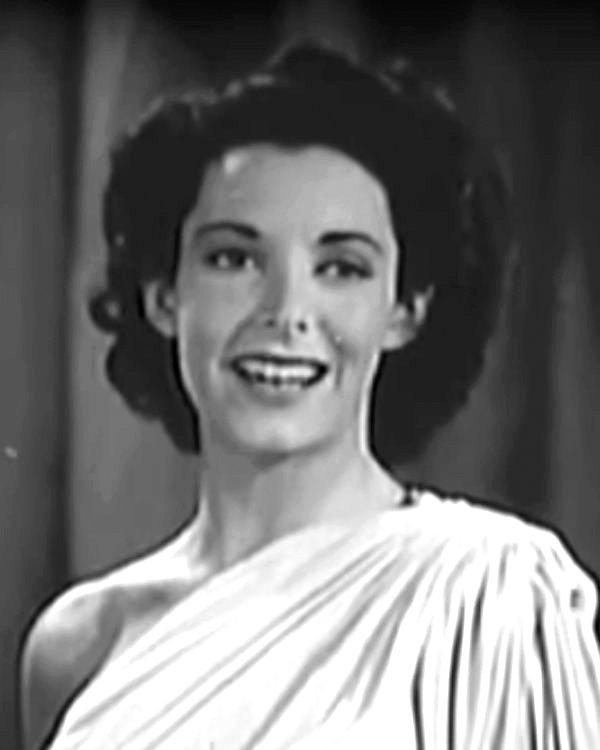
Jane Harvey (1925-2013) had a much longer career although she never had a major breakthrough. She was with Goodman for six months during 1944-45, impressing many with her poise and youthful voice. She recorded “He’s Funny That Way” with the Goodman Sextet and such numbers as “You Brought A New Kind Of Love To Me” and “Close As Pages In A Book” with the big band. But Harvey chose to leave Goodman which in retrospect was one of the numerous mistakes that she made in her career. She was a member of Desi Arnaz’s orchestra during 1946-58, briefly sang with Duke Ellington in 1959, and made occasional comebacks, recording as late as 2012.
Kay Penton lasted with Goodman for just a few months, recording “June Is Bustin’ Out All Over” and “Ain’t Misbehavin’.” She appeared on record dates later in the decade with pianists Tadd Dameron and Teddy Wilson and then dropped out of the scene.
Dorothy Reid (1921-2018), who had previously recorded with the short-lived Muggsy Spanier big band and arranger Johnny Richards, was with Goodman for just one record session (June 18, 1945) which resulted in “It’s Only A Paper Moon” and “I’m Gonna Love That Guy.” She also sang with Buddy Rich’s big band during 1945-46 and had a stint with Jimmy Dorsey.
Liza Morrow (1913-2001) had sung with Eddie Condon in 1944 including on three of his four Town Hall concerts, recorded “A Kiss Goodnight” with Freddie Slack, and had a stint with George Paxton’s orchestra. She was with Goodman for six months during 1945-46. Best-known of her seven recordings with BG are “Symphony” and “Give Me The Simple Life.” Morrow was on a few V-discs with Peanuts Hucko in 1947, retired from music to be a housewife and then, after changing her name to Kit Carson, recorded a few singles including her lone hit, 1955’s “Band Of Gold.”
Eve Young (1923-2010) who was with Goodman during the second half of 1946, appeared on many radio shows with the clarinetist but only recorded four songs; “A Gal In Calico” is best. She had a few minor hits as a solo artist in 1947 and later on became well known for 1950’s “If I Knew You Were Coming I’d Have Baked A Cake,” After changing her name to Karen Chandler, in 1952 her “Hold Me, Thrill Me, Kiss Me” was a big seller. Later on she recorded country music and easy-listening singles.
Considering her associations (singing with Tommy Dorsey, Johnny Richards, Benny Carter, and Ike Carpenter), it is surprising that few remember Emma Lou Welch (1924-2012). She was just with Goodman for three months at the end of 1947, recording seven numbers including a remake of Helen Ward’s hit “You Turned The Tables On Me,” “Behave Yourself,” “The Blues Jumped Up And Got Me,” “Darn That Dream” and “The Record Ban Blues.” Emma Lou Welch later recorded a handful of titles with Benny Carter, Ziggy Elman, and two songs as a leader but apparently nothing after 1951 despite her talents.
The only one of Goodman’s post-Peggy Lee singers to make it big was Patti Page (1927-2013). She became so famous for her pop hits that few remember that she was originally a jazz singer. During May-June 1948, Page was the singer with Benny Goodman’s septet, a group that included the bop-oriented clarinetist Stan Hasselgard, tenor-saxophonist Wardell Gray, and pianist Teddy Wilson. No commercial recordings were made during the second Musicians strike and Goodman did not have a big band during much of that year but Page sounds perfectly at home on broadcast versions of “On The Sunny Side Of The Street,” “The Man I Love,” and “Little White Lies.” During that period she was discovered and signed to the Mercury label. In 1950 she recorded “Tennessee Waltz” and she was quickly on her way to the top.
The last of the Goodman female band singers (if one does not count Terry Swope who did not record with Goodman during her stint in 1949), Dolly Houston (1930-95) sang with his septet right after Patti Page departed and in 1949 during Goodman’s brief period leading a boppish big band. Houston cut three numbers with his orchestra including “Why Don’t We Do This More Often.” However Dolly Houston is best remembered for being a member of Woody Herman’s Third Herd during 1951-54 and working with the Dorsey Brothers in 1956.
Benny Goodman only utilized singers on an irregular basis in his later years, and his “discoveries” were pretty much limited to Nancy Reed (who he took on a European tour in 1950 and used on a few sessions in 1951) and Maria Marshall (1960). Goodman did have rare reunions with Martha Tilton, Peggy Lee, and Dorothy Reid, and special projects with Rosemary Clooney, Ethel Ennis, and Anita O’Day. But despite a last attempt during 1953 when he utilized Helen Ward, Benny Goodman’s days of leading a full-time big band and featuring promising female singers were over after 1949.
Since 1975 Scott Yanow has been a regular reviewer of albums in many jazz styles. He has written for many jazz and arts magazines, including JazzTimes, Jazziz, Down Beat, Cadence, CODA, and the Los Angeles Jazz Scene, and was the jazz editor for Record Review. He has written an in-depth biography on Dizzy Gillespie for AllMusic.com. He has authored 11 books on jazz, over 900 liner notes for CDs and over 20,000 reviews of jazz recordings.
Yanow was a contributor to and co-editor of the third edition of the All Music Guide to Jazz. He continues to write for Downbeat, Jazziz, the Los Angeles Jazz Scene, the Jazz Rag, the New York City Jazz Record and other publications.























